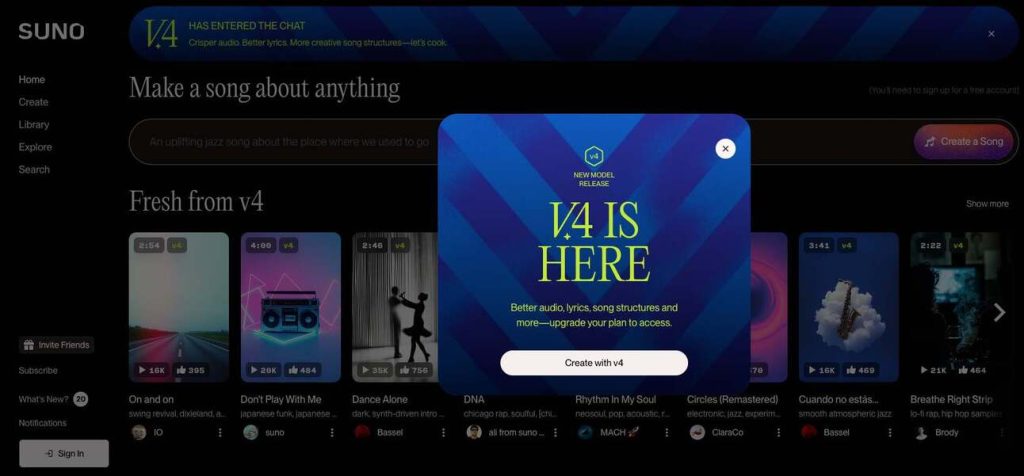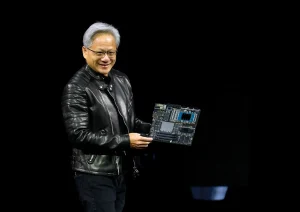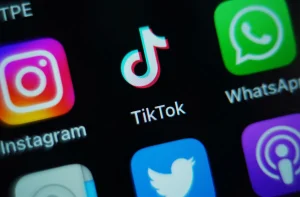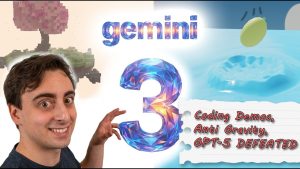The Most Realistic Music Model Yet An Inspiring Journey into AI-Generated Melodies

Imagine a world where the music you love is created by artificial intelligence. This isn’t just a futuristic dream; it’s happening now. AI’s ability to mimic human creativity in music is evolving rapidly. The release of Suno v4 marks a significant milestone. It offers realistic vocals and sharper lyrics.
AI-generated music is an exciting frontier. Just a few years ago, you could easily spot the difference. Now, AI is so advanced that detection software is often needed to discern between man-made and machine-created melodies. Suno v4 is at the forefront, offering more than just automated tunes; it seeks to replicate the soul of music.
Suno’s latest update brings a transformative change in AI music. It refines vocals to incorporate grunts and breaths, adding depth. Plus, it offers sharper lyrics and higher-fidelity audio. This leap forward is set to revolutionize how we perceive artificial intelligence in music creation.
With Suno v4, creativity gets a boost. The platform allows users to build songs from personal recordings or images. This feature enhances creative possibilities, making it easier than ever to craft unique musical pieces.
For now, these features are exclusive to subscribers. However, Suno plans to extend access to all users in the coming months, opening up endless possibilities for aspiring musicians and artists.
The progression of AI in music isn’t surprising. As technology advances, so does AI’s ability to create realistic soundscapes.
Suno v4 exemplifies this trend, marking a shift from basic AI-generated tunes to more sophisticated compositions. It’s not just about creating music; it’s about crafting an experience that resonates with listeners.
The potential applications of AI in music are vast, from soundtracks in games and movies to personal playlists crafted by your own AI assistant. The future looks promising.
Looking forward, AI music is on the cusp of even greater developments. With enhancements in machine learning, we can expect more sophisticated models.
Suno v4 gives us a glimpse of what’s possible. It’s about more than technology; it’s about creativity and expression being expanded by AI.
There’s a sense of anticipation around the industry, and Suno is leading the charge with its innovative approach.
Like all innovations, AI music faces challenges. Ethical questions around originality and artistic credit are at the forefront.
However, these challenges also present opportunities for new collaborations and ideas. It’s a chance to redefine creativity and artistry in the digital age.
AI’s role isn’t confined to just music creation. It also finds applications in productivity tools and educational platforms.
This cross-industry application highlights AI’s versatility and potential for broader impact.
By embracing AI, industries can unlock new efficiencies and creative possibilities, paving the way for future advancements.
AI models influence various fields, from gaming to productivity enhancement. Companies are already leveraging AI for innovative solutions.
Consider Niantic’s use of Pokémon Go data, highlighting AI’s potential in location services and augmented reality applications.
Such examples demonstrate AI’s impact beyond conventional tech sectors, offering insights into its future possibilities.
Precision and ethics remain crucial in AI development, particularly in fields like music and art.
The balance between technological advancements and ethical considerations shapes AI’s growth trajectory.
Ongoing discussions around these topics ensure that AI’s evolution aligns with societal values.
AI in music isn’t just about technology; it’s an inspiration. It shows how far innovation can go, challenging our perceptions of art and creativity.
As we witness these developments, we gain insight into the future of music and technology’s role within it.
AI stands as a testament to human ingenuity, pushing boundaries and inspiring a new generation of creators.
The evolution of AI in music is nothing short of groundbreaking. With each new model, we move closer to blending human creativity and technology seamlessly, opening new doors of possibility.






